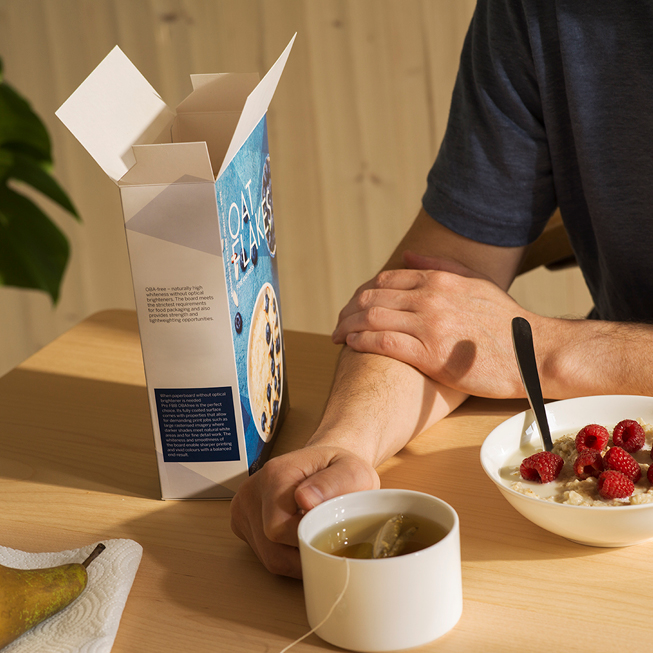A harvester is undertaking thinning operations in a forest site, harvesting some of the trees. This is pulpwood for pulp production, which will be converted into paperboard in the next phase. Up to thousands of paperboard packages can be made from a single pulpwood.
Only a growing forest can bind carbon
During a shift, a harvester driver harvests hundreds of pulpwood trees and makes numerous decisions that are important for the natural environment and the forest owner: Which trees need to be felled? Which must be left to grow? Which will turn into high stumps to ensure the diversity of forest nature, or a protective thicket for birds and mammals in the forest?
“We ensure the strong growth and vitality of the trees, as well as their ability to bind carbon, by making room for the trees to become sturdier. We also safeguard valuable habitats during forest work, in addition to supporting biodiversity by favouring mixed forests, for example,” says Krista Kimmo, Communications Manager, Wood Supply and Forest Services at Metsä Group.
We ensure the strong growth and vitality of the trees, as well as their ability to bind carbon, by making room for the trees to become sturdier.
KRISTA KIMMO | METSÄ GROUP











